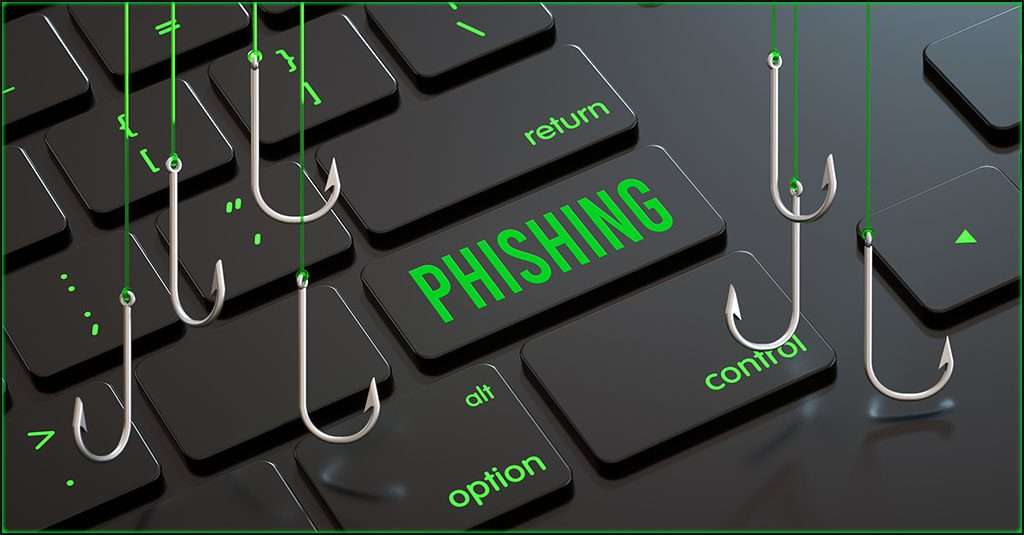In the vast landscape of the internet, security is paramount. Phishing page attacks represent a significant threat to individuals and organizations alike. This blog aims to shed light on what phishing page attacks are, how they work, and most importantly, how you can protect yourself from falling victim to such deceptive schemes.
1. What is a Phishing Page Attack?
Phishing page attacks involve the creation of deceptive websites or pages that mimic legitimate ones to trick individuals into divulging sensitive information. These pages are designed to look authentic, often replicating the login interfaces of popular websites or services.
2. How Phishing Pages Work:
- Deceptive Emails or Messages: Attackers often distribute emails or messages that appear genuine, containing links to these fraudulent pages.
- Impersonation: Phishing pages imitate legitimate websites, prompting users to enter their login credentials, personal information, or financial details.
- Data Harvesting: Once users submit information, attackers harvest it for malicious purposes, such as unauthorized access or identity theft.
Phishing Page Example to get this link

GitHub Link : https://github.com/Bloggerstweet/Facebook_Phishing
3. Common Targets of Phishing:
- Online Banking and Financial Institutions
- Email and Social Media Accounts
- E-commerce Websites
- Educational Institutions and Corporate Logins
4. How to Recognize Phishing Pages:
- Check the URL: Scrutinize the web address for misspellings or variations. Legitimate websites usually have secure and straightforward URLs.
- Look for HTTPS: Genuine websites use secure connections (HTTPS). If a page lacks this, it may be a phishing attempt.
- Review Email Sources: Verify the sender’s email address. Phishing emails often come from suspicious or slightly altered addresses.
- Check for Red Flags: Poor grammar, urgent language, and unexpected requests are common signs of phishing attempts.
Identifying Phishing Attacks: Typical Methods and Warning Signs
In order to recognize a possible phishing attempt, it’s important to be aware of the following frequent tactics and warning signs:
1. Emails with an urgent action: This is the most popular phishing email tactic. Red flags include emails that declare an emergency and don’t allow the recipient enough time to process it.
2. Suspicious files: The most typical file detected in phishing emails is an.exe file. Programs are installed on the recipient’s device after they are clicked. The.html attachment, a recent addition to this section, opens to an HTML page asking the receiver to provide their account and password.
3. Spelling and grammar errors: Cast doubt on the authenticity of any email that contains these types of mistakes. For example, using “acounts” rather of “accounts.”
4. Generic greetings: Phishing emails can contain no greeting at all or a lot of them. They do not use the recipient’s name when addressing them.
5. Inconsistent domain names and email addresses: A phishing attempt is detected if the email address is not associated with the firm.
6. Attractive offers: An email about winning electronics, gift cards, or more credit/debit card points is a clear warning sign.
7. Direct request: Phishing scams involve emails that ask for personal or financial information directly.
5. Preventive Measures Against Phishing:
- Educate Yourself: Stay informed about phishing tactics and regularly update your knowledge on common scams.
- Use Two-Factor Authentication (2FA): Enable 2FA wherever possible to add an extra layer of security to your accounts.
- Verify Communications: If you receive unexpected emails or messages, independently verify their legitimacy before clicking on any links.
- Keep Software Updated: Ensure that your operating system, antivirus software, and browsers are up to date to benefit from the latest security features.
- Use a Reputable Security Suite: Employ a reliable antivirus or security suite that includes anti-phishing features.
Conclusion:
Phishing page attacks continue to be a prevalent threat in the digital landscape. By staying vigilant, educating oneself, and adopting preventive measures, individuals can significantly reduce the risk of falling victim to these deceptive tactics. Remember, an extra moment of scrutiny can save you from the potential consequences of a phishing attack, safeguarding your personal and financial information from falling into the wrong hands. Stay informed, stay secure.


